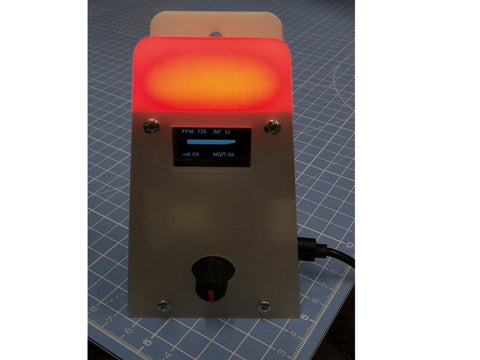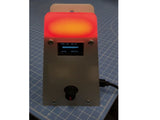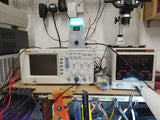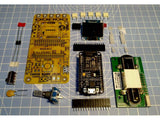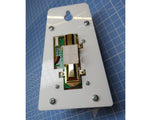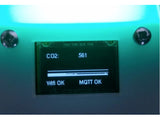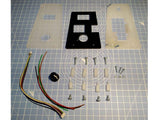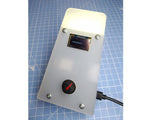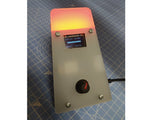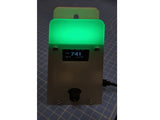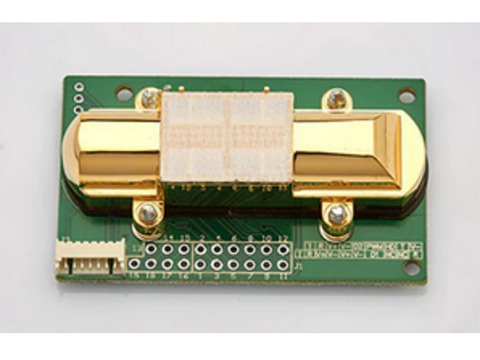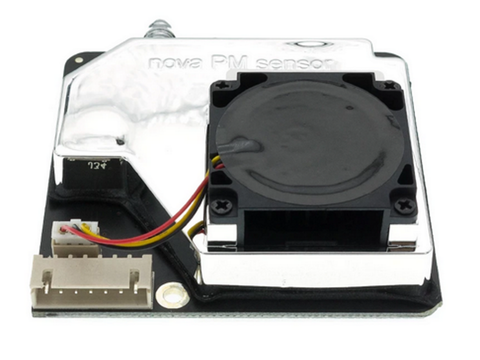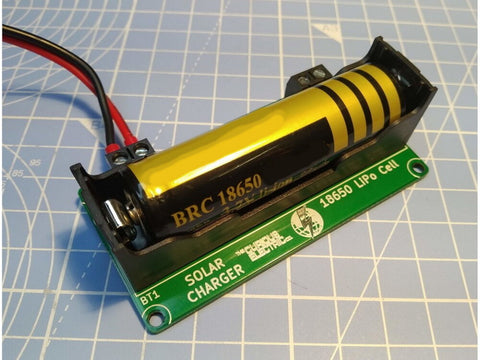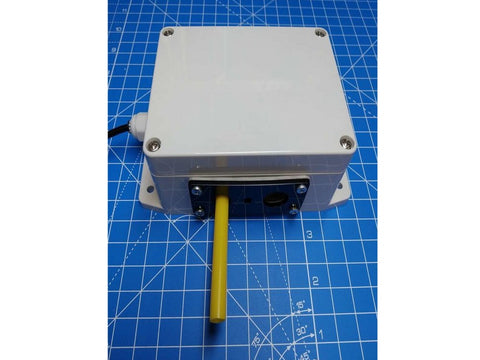CO₂ Monitor
Know when to ventilate your room! Keep the air fresh and circulating with this carbon dioxide monitor.
There has been quite a lot of discussion about using carbon dioxide as an indicator of stale, non-moving, air which could cause the build up of covid-19. A really interesting discussion from Make magazine is here: https://makezine.com/2021/04/22/plan-c02-live/. The concept is: if there are lots of people breathing out CO₂ and the room is not well ventilated then this will build up and can be detected with a CO₂ monitor. The monitor also does not need to be incredibly accurately calibrated, as it is the relative difference over time.
I wanted to build a CO₂ meter and had already obtained a few CO₂ sensors (The MH-Z14A from Winsen here: https://www.winsen-sensor.com/sensors/co2-sensor/mh-z14a.html). This 'speaks' via a 9600 baud serial UART interface.
I paired this sensor with the 'Cheeseboard' which is an ESP8266 development board that we already sell here. I also wrote a nice set of code that allows the user to relate to the data in different ways, such as with a direct value from the sensor, seeing the rate of change of the value or integrating the readings over time. It also connects to Wi-Fi and can stream data to a (free!) Adafruit IO account feed.
I wrote the code so that it will be simple to use the kit straight away once you have put it together (but obviously you can also do your own modifications and get stuck in to code!).
This kit is great for shared spaces and classrooms where build up of carbon dioxide can highlight ventilation requirements. As it can also stream the data to a web feed, then this can also be used as an educational resource.
There is a big, bright set of LEDs on the top which can highlight changes. And an OLED display and rotary encoder for viewing data and adjusting the settings.
The code is fully open source and available here, along with the PCB designs in KiCAD, instructions and laser cutter files: https://github.com/curiouselectric/CO2Monitor. This code is already uploaded to the controller, so you don't need to do any code if you don't want to!
This is a beginner to intermediate kit and should take in the region of 1-3 hours to build. This kit does require through-hole soldering, although it is relatively simple (we have already done the surface mount parts!). It also requires some mechanical construction (basically a few screws to hold it all together).
Full instructions are included and are available here.
We Also Recommend

